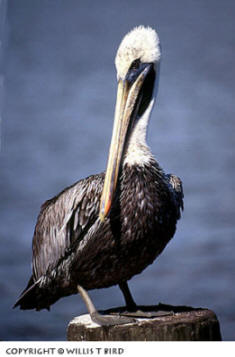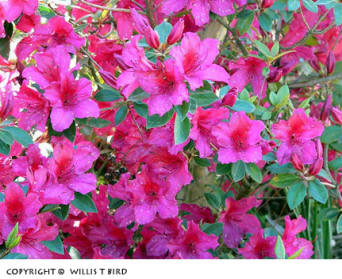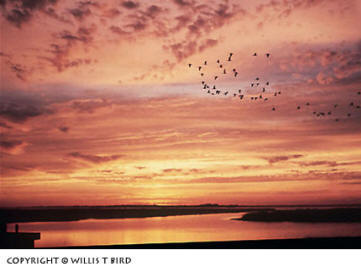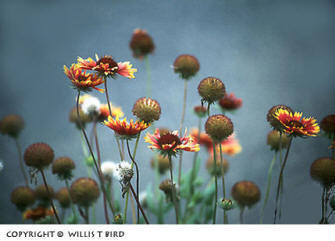

Which camera lenses are for me, and what do they actually do?
Most lenses can be divided into three categories: standard, wide-angle, and telephoto. In most 35mm cameras, the standard lens is around 50mm (52mm to 58mm lens or something close). The wide-angle lens is thought of as being 35mm and below. A super-wide-angle lens is 20mm and below. A telephoto can be from 100mm up to as much money as you can get your hands on.
Again considering lenses, cameras can be divided generally into two groups: those with fixed lenses and those with interchangeable lenses. A camera with a fixed lens is one in which you cannot remove the lens. No, you aren’t necessarily stuck with one focal length. These cameras may well have a zoom lens built in. (I have a Panasonic FZ-15 digital that has a 12X lens that gives me an effective 35mm-420mm range using one lens.)
Many, however, have only a 4X optical zoom or less. This may be fine, depending on the type of photography you plan to do. But, if you’re interested in nature photography, you’ll require a lens in the 400mm range. And, when speaking of fixed zooms on digital cameras, you need to be aware of only the “optical zoom.” Don’t pay attention to or use the “digital zoom” if you’re looking for quality.
A DSLR or an SLR (Digital Single Lens Reflex-Single Lens Reflex) camera will have a lens that can be removed and replaced with another lens. This substitution allows you great flexibility in choosing lenses, but you’ll have to have a much larger camera bag to hold all your equipment. However, you may still use a zoom lens with these cameras to cut down the number of lenses you carry.
Before I chose to go digital, my last film camera was a Nikon N6006 for which I had the following lenses: a 500mm fixed telephoto, a 28mm-80mm wide angle, and a 75-300mm telephoto. With these three lenses, I covered from 28mm to 500mm, but they took up a lot of room. I then added a 1.4 telextender to my collection, and it multiplied each lens by a factor of 0.4, making the 75-300mm lens effectively a 105-420mm lens. (This trick is more difficult to do with fixed lens cameras–but not impossible.)
What do you do with each type of lens?
In my experience, the standard lens is much like the lens on a snapshot camera you’d buy if you didn’t know anything about cameras. Like that type of camera itself, standard lenses are somewhat dull. Although they’re the favorite lenses of some folks, I’ve found more interesting uses for the wide-angle and telephoto lenses than for the standard. However, lens ranges from 80mm-100mm are sometimes used in portrait photography, so these lenses do have their place.
The telephoto lens is one you can use to reach out and touch someone or something while staying in the background. This capability is handy in nature photography when you can’t approach a subject without spooking it or placing yourself in jeopardy. It can also compress scenes and compact background and foreground. If you’re in a crowd and you wish to pick out a single face, the telephoto can do that for you. Sometimes, it hinders the photographer in low-light situations, because telephoto lenses require more light than do wider angled lenses. You may compensate by using a larger ISO film or digital setting and shooting at a slower speed. These adjustments may require the use of a tripod. (The more expensive telephotos have a better light acceptance, but you pay for that feature.)


The wide-angle can gather in a very broad scene such as a party or reunion group in a small area. Wide-angle lenses are usually very sharp and can give you super depth perception. You can enhance composition by situating something in the foreground such as a road or a fence that trails off into the distance. Extreme wide angles can create comical distortions of faces when you shoot very close to your subject, whether it is your friend or your dog. In fact, you must be careful with a wide-angle lens, so you don’t distort your photo accidentally. Horizons can become quite misshapen, but with care, you can help that situation by location of the horizon line. If the building or horizon lines bend unacceptably at the edges when you look through the viewfinder, then move your camera around to see if you can manage the problem.
Personally, I’m fond of the telephoto zoom lens, because I can use it for both wildlife and sports photography. I can even use it to shoot flowers. But to create some very nice photos with special impact, I use a wide-angle. Due to the extremely large field-of-view, wide-angle lenses include a lot in the frame. This quantity of scene can cause confusion in a photo and weaken it if the image lacks an impact point. Be sure to place the camera close to a dominant subject in the foreground. That will draw the viewers’ focus. The eye will zero in on that object first, and examine the areas behind it later. The background will support the foreground with its strong subject. Without a strong area, the eye just wanders hopelessly around the photo, trying to find a spot of special interest.
All three categories of lenses have a place, and you’ll find uses for each at some point. The zoom can provide most of these functions. The weaknesses in the zooms are falling by the wayside, and they’re gaining acceptance. However, no matter which lens you choose, be sure to use a tripod, as well, for the best possible outcome.
by Willis T Bird

Leave a Reply